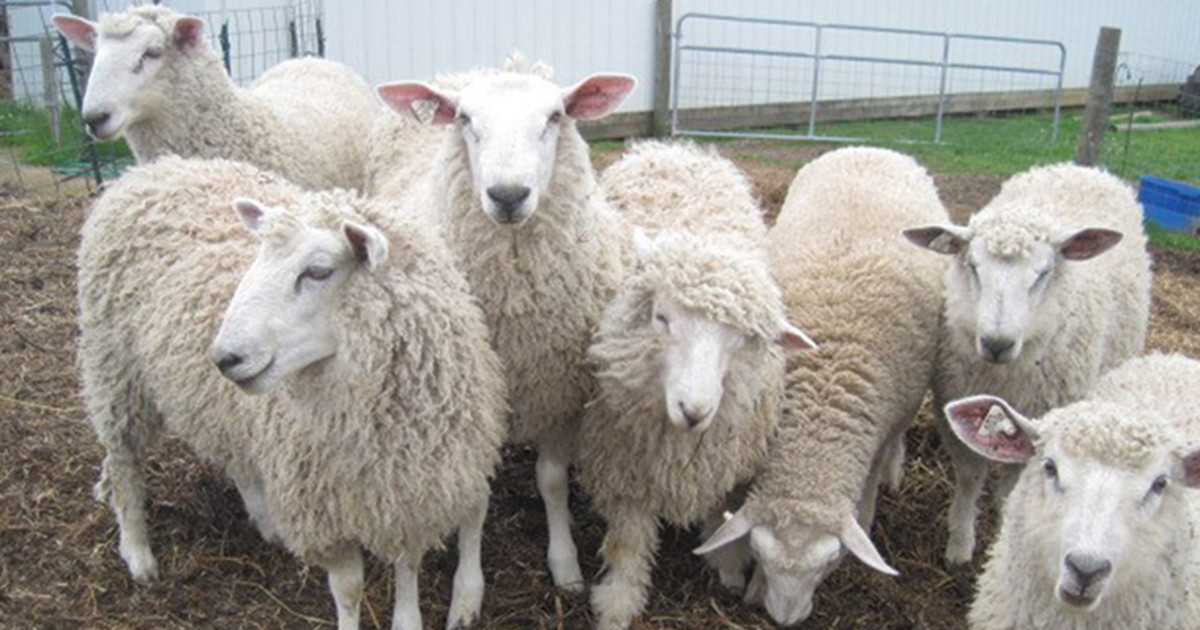COMPARATIVE POST WEANING GROWTH PERFORMANCE AND SEXUAL BEHAVIOR TRAIT EVALUATION OF CROSSBRED SHEEP UNDER DIFFERENT NUTRITIONAL MANAGEMENT
Keywords:
body condition, body weight, heart girth, performance, weight gainAbstract
An experiment was conducted to compare post-weaning growth performance and sexual behavioral traits of two crossbred female sheep at different nutritional management (grazing + concentrate supplementation at 0.9% of body weight [N1] and grazing + concentrate supplementation at 1.5% body weight [N2])). Concentrate mixture was prepared from wheat bran and noug seed cake at a ratio of 2:1. The experiment was laid out similarly as 2×2 factorial arrangement using Completely Randomized Design(CRD). The number of animals included in the experiment was twenty four. The mean initial body weight for Black Head Ogaden*Dorper and Hararghe Highland*Dorper sheep was 20.60±2.76kg (mean±se), and 19.14±0.62kg (mean±se), respectively. From this research the following results was found. Nutrition has a significant effect on average daily body weight gain(p˂0.01). Crossbred sheep fed N2 had significantly higher value of average daily body weight gain 81.6 ±4.27) than N1 (66.66 ±3.14). Breed had a significant effect on Body condition(BC), Heart Girth(HG) and Body weight(BW) of sheep (P<0.05). BHO*Dorper sheep had higher BC (3.5±0.1), HG (71.73±0.7) and BW (29.3±0.7) than HH*Dorper sheep BC(3.1±0.1), HG(69.04±0.8) and BW(27.0±0.8). Correlation coefficients(r) between body weight and other linear body measurements (r=0.93) for Black Head Ogaden*Dorper and (r=0.91) for Hararghe Highland*Dorper sheep. To predict body weight from other linear body measurements, heart girth was found to be the best predictor.
Nutrition had a significant effect on percent of sniffing (p < 0.05). But, the other remaining traits of sexual behavior between genotypes were not significantly different (p> 0.05). Crossbred sheep which had been fed high level of nutrition had high value of % sniffing than low level of nutrition. This may be due to the growth of sex hormones that stimulates sexual behavior of the experimental animals.

